Planning your first trip to Japan?
Or returning for a second visit? As someone born and raised in Japan with 33 years of local insight, I wanted to understand what real travelers regret about their Japan trips.
So I analyzed 672 comments from the popular Reddit thread “What’s a mistake you made on your Japan trip that others could learn from?”—personally grouping and counting them to reveal the top mistakes tourists make.
In this comprehensive guide, I share the 10 most common mistakes tourists identified, explain why they happen, and offer practical Japan travel tips so you can avoid them.
Read on to ensure your Japan adventure is smooth, enjoyable, and unforgettable!
What’s a mistake you made on your Japan trip that others could learn from?
byu/The-Solo-Traveler inJapanTravelTips
1. Overpacking & Luggage Nightmares (176 mentions)
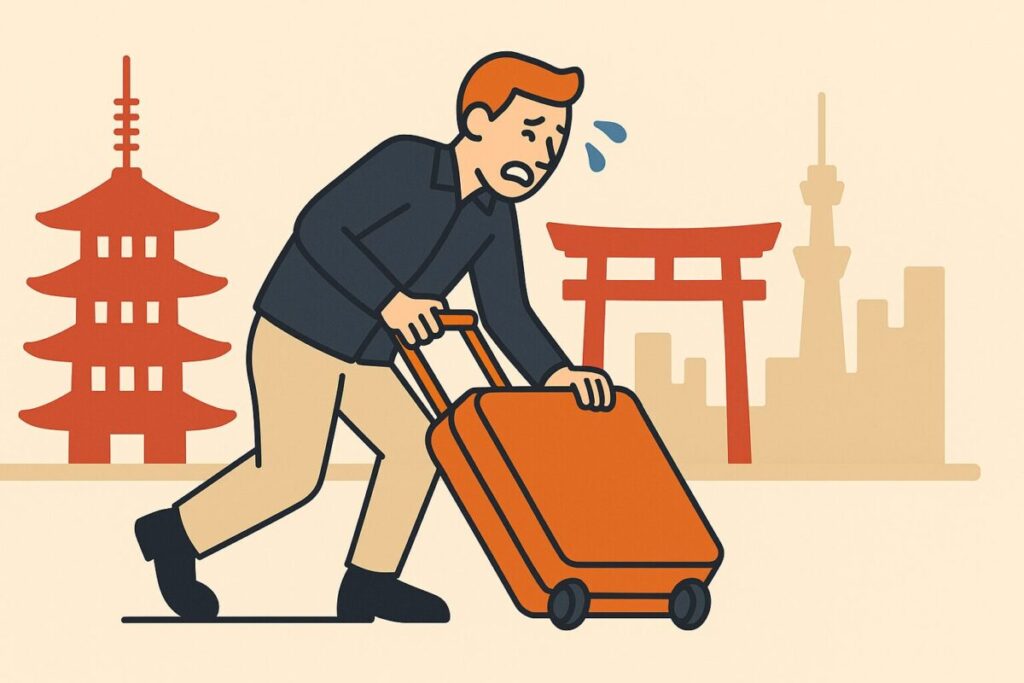
Why it happens
Many travelers assume they need to bring every possible item for comfort, only to discover Japan’s efficient laundry services, abundant convenience stores, and compact streets make overpacking a burden.
Hauling oversized suitcases through crowded train stations or narrow streets can quickly become a nightmare.
How to avoid it
Try to pack just what you’ll actually wear, and don’t worry—Japanese hotels often have laundry facilities or coin laundries nearby.
Convenience stores sell toiletries, so you don’t need to bring full-size bottles.
If you plan to move between cities, consider using a luggage forwarding service like Yamato Transport so you can travel hands-free and enjoy the journey without the stress of dragging heavy bags.
Representative Comments
“Do not haul two huge suitcases and a backpack down a small Kyoto road and knock someone’s bicycle over… Pack light!”
“Stayed in Tokyo and Kawaguchiko for 15 days. Shopping on our 8th day meant hauling two 20-kg luggage to Kawaguchiko…”
“Pushing luggage 2 miles in Osaka after carrying them up subway steps nearly killed us.”
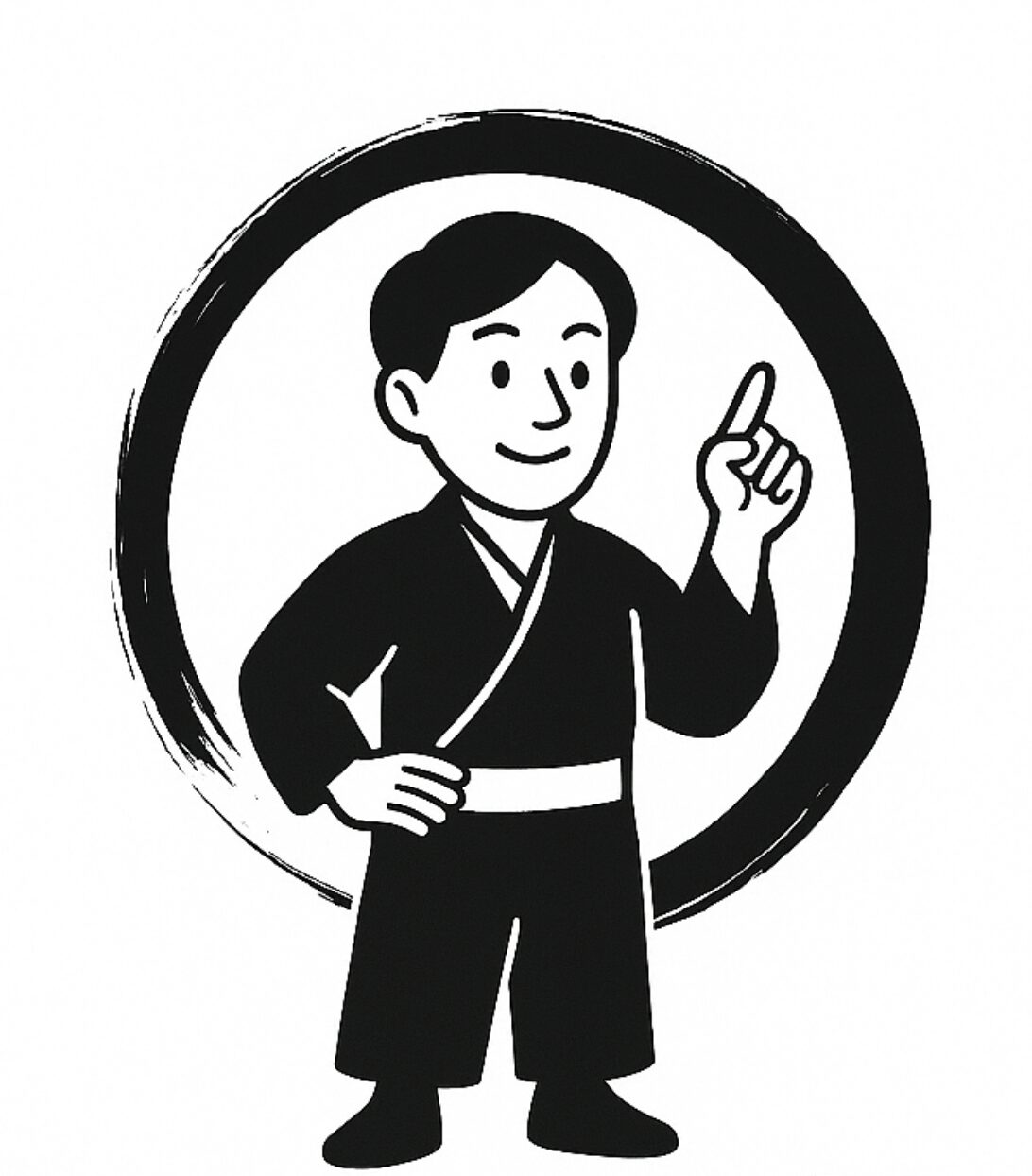 Flo
FloI see so many tourists struggling with big suitcases at Shinjuku Station. Trust me, it’s much easier if you pack light—most hotels have laundry, and luggage forwarding is a lifesaver.
2. Overambitious Itineraries & Exhaustion (149 mentions)
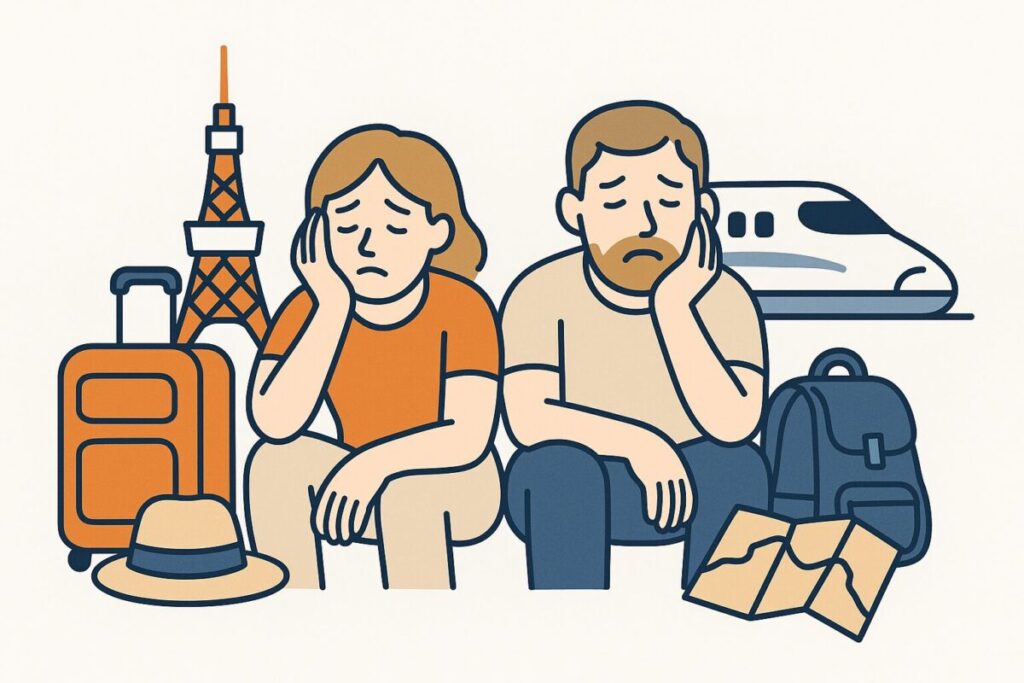

Why it happens
Japan’s extensive rail network makes hopping between cities tempting.
But trying to visit five places in a single day or 8 cities in a week leads to burnout.
How to avoid it
Give yourself permission to slow down.
Choose one or two highlights each day and leave time for relaxing moments like sitting in a café or exploring a quiet street.
Scheduling a rest day mid-trip can also help you recharge, so you don’t feel rushed or overwhelmed.
Representative Comments
“Having an over ambitious itinerary would be the lesson we learned. There were too many places we wanted to go, things to see, and food to eat that it was not possible to hit them all.”
“Six places in 10 days? Don’t. Stick to three max.”
“By day three everyone was worn out from the constant commuting.”



Japan isn’t just about ticking off spots. Slowing down lets you experience daily life—like chatting with locals at a café or wandering a quiet neighborhood.
3. Money Mistakes: Cash, IC Cards & ATMs (138 mentions)
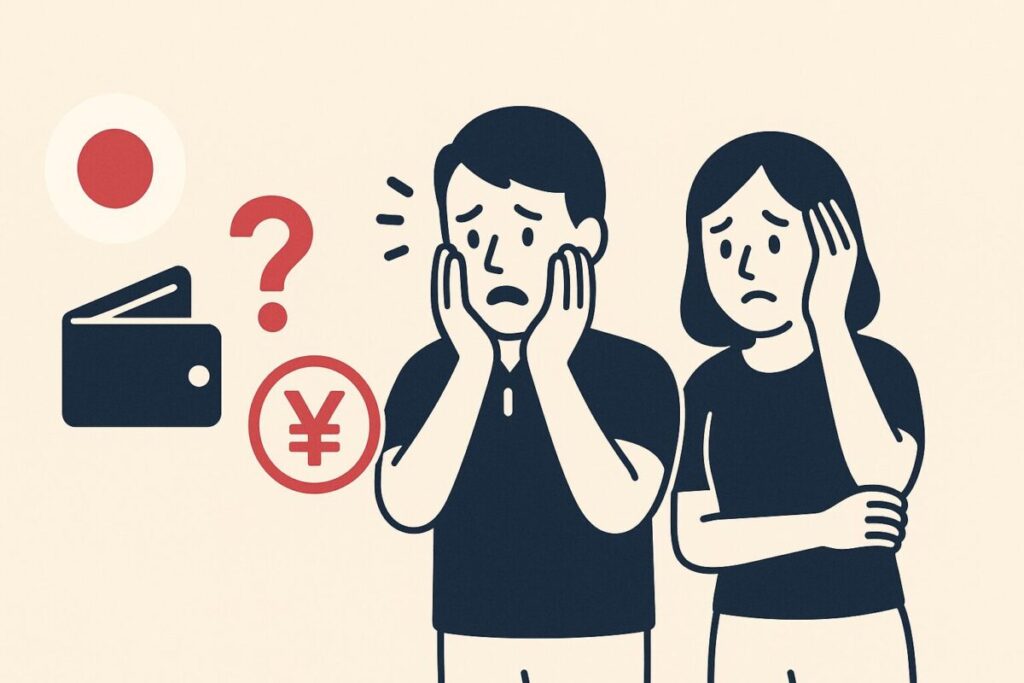

Why it happens
Despite Japan’s high-tech image, cash is still king in many places.
Large bills like 10,000 yen notes may not be accepted on buses or at small shops.
Travelers also underestimate how quickly IC cards (like Suica or Pasmo) run out of balance.
How to avoid it
Plan to carry some cash with you every day—especially 1000 yen bills for buses or small purchases.
Pick up an IC card like Suica or Pasmo at the airport so you can tap to pay on trains, buses, and even at convenience stores.
Using 7-Eleven ATMs is often the easiest and cheapest way to withdraw yen with an overseas card.
Representative Comments:
“Always have 1000 yen bills on hand… I ran into trouble paying the bus fare.”
“Carry more cash than you think you’ll need. Especially ¥1000 banknotes.”
“Used my Amex at an ATM and was rewarded with a $30 ‘Express Cash Fee’. Ouch.”



Even as a local, I still carry cash because small restaurants and temples often don’t accept cards. Having 1000-yen notes makes everything smoother.


4. Transportation Confusion: Trains, Buses & Shinkansen (121 mentions)
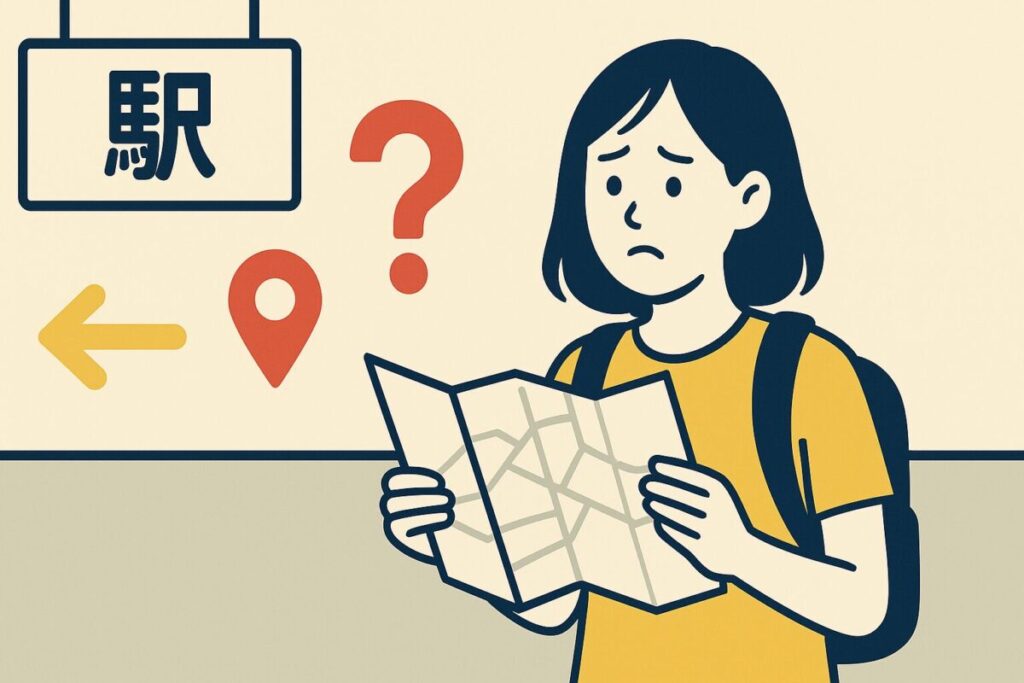

Why it happens
Japan’s rail system is world-class but complex.
Mistakes include boarding the wrong train type (local vs. express), misunderstanding Shinkansen reservations, or getting lost in giant stations like Shinjuku.
How to avoid it
Take your time at stations—don’t be afraid to stop and check signs or ask staff for help.
Apps like Google Maps or Japan Transit Planner can show which train you need.
If you’re traveling with luggage or a group, booking a reserved Shinkansen seat makes the trip more comfortable and less stressful.
Representative Comments:
“Stayed on a train because GPS said it turned into my connecting train. Everyone else got off. Bad decision!”
“Didn’t realize local vs. express. Cost us an hour.”
“You will be lost and confused in train stations… embrace the suck.”



Train transfers can feel like a maze. Stations like Tokyo or Umeda have dozens of exits—don’t hesitate to ask staff for help. They’re used to it!
5. Shopping Regrets: Hesitating or Shopping Too Early (105 mentions)
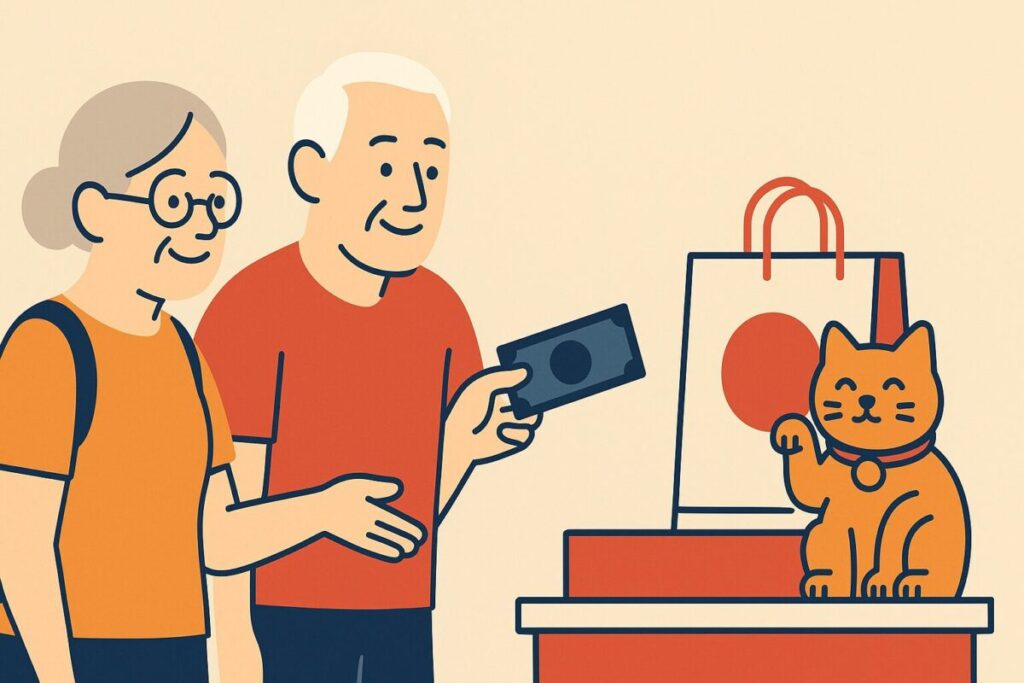

Why it happens
Travelers often think they’ll find the same item later in another city or believe shopping on the first days is best, only to either miss the chance or lug purchases around.
How to avoid it
If you fall in love with something unique, it’s okay to buy it on the spot—you might not see it again!
But try to keep big shopping trips until your last few days, so you’re not carrying heavy bags around Japan.
Representative Comments
“If you see something you like, buy it. You might never find it again.”
“Didn’t buy a sake bottle thinking I’d get it later—never found it again.”
“Shopping mid-trip made the rest of our journey miserable with luggage.”



Regional souvenirs often can’t be found outside that area—Kyoto crafts, Hokkaido snacks… if you love it, grab it before you leave!
6. Booking & Reservation Fails (89 mentions)
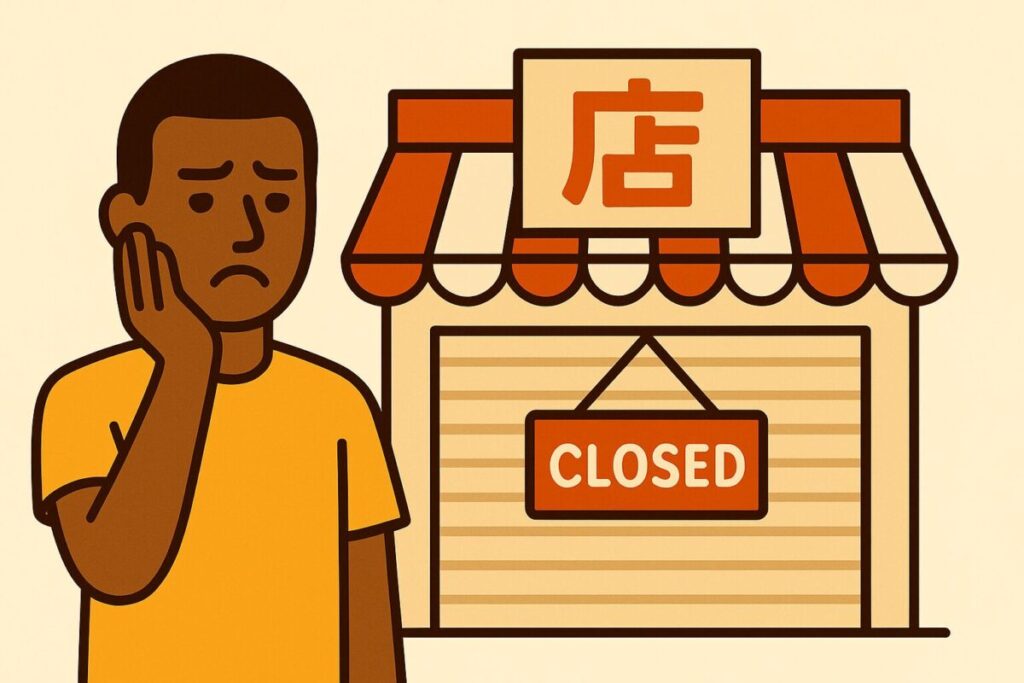

Why it happens
Underestimating Japan’s popularity, especially during peak seasons, leads to missed tickets for must-see attractions like Studio Ghibli Museum or TeamLab.
How to avoid it
When you know you want to see a popular spot like the Ghibli Museum or TeamLab, try to book as soon as tickets become available.
For restaurants, many accept online reservations in English, or you can ask your hotel to call and book for you.
Representative Comments
“We didn’t know you had to book the bus to Shirakawa-go in advance.”
“Wanted to see local gigs but didn’t realize they start early.”
“Didn’t reserve dinner, everything was booked or closed early.”



Reservations aren’t just for fancy restaurants; even casual izakayas in busy areas can fill up. Your hotel front desk will happily call for you.
7. Cultural & Etiquette Mistakes (82 mentions)
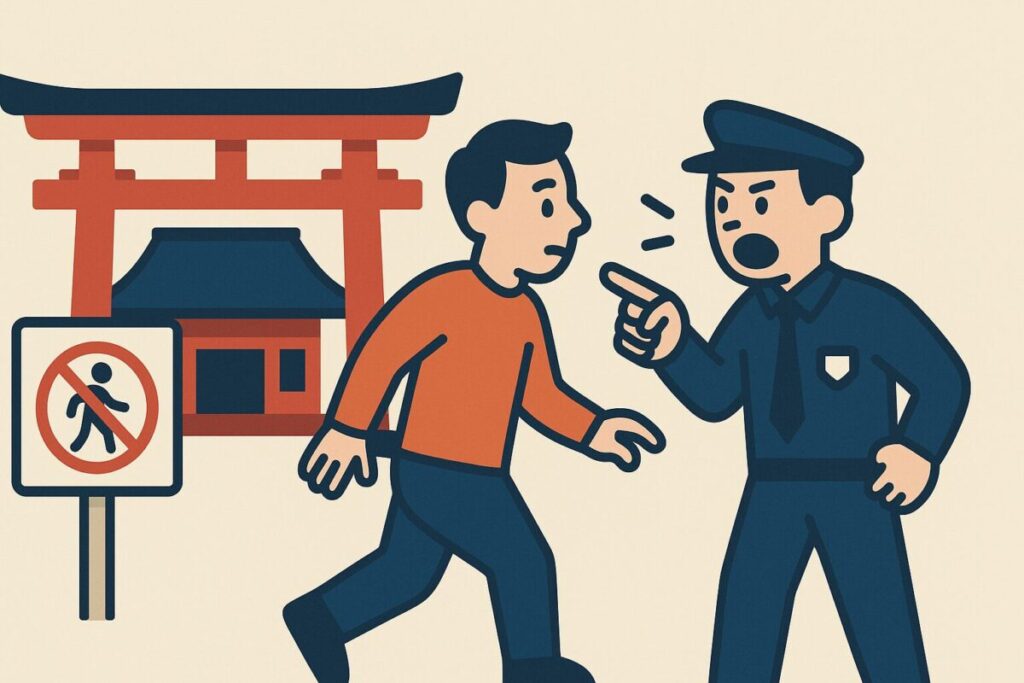

Why it happens
Japan has unique customs, from where to stand at a shrine to how to handle chopsticks.
Many tourists unknowingly commit faux pas.
How to avoid it
Reading a short guide on Japanese etiquette before your trip can make a big difference.
Simple things like where to stand, when to bow, or how to use chopsticks will help you feel more confident and respectful during your stay.
Representative Comments
“I stood in the center of the torii gates for a photo… later learned that’s where God stands.”
“Got surrounded by police for not carrying my passport.”
“Entered a changing room with shoes on… quickly realized my mistake.”



Don’t stress too much—Japanese people are kind and will usually forgive small mistakes if you’re polite and trying your best.
8. Underestimating Walking & Footwear Needs (76 mentions)
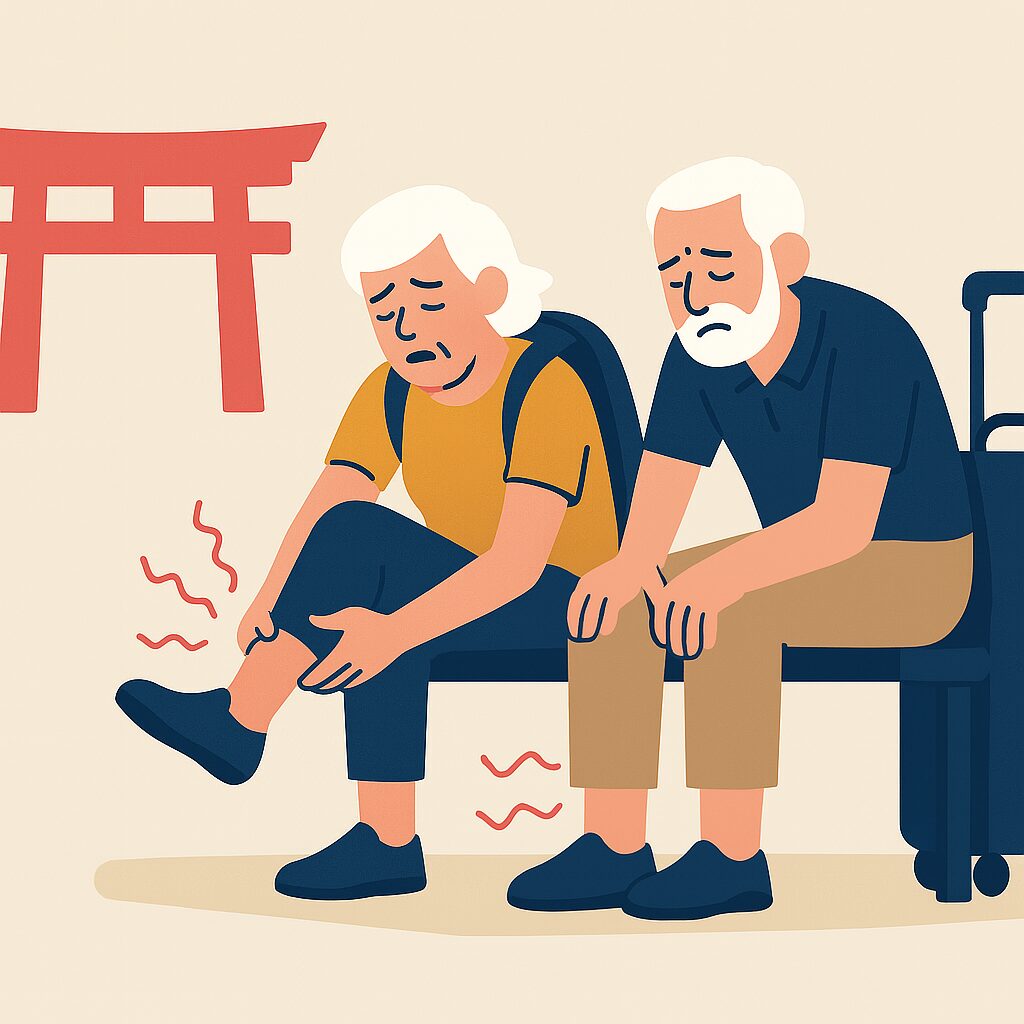

Why it happens
Japan involves a lot of walking. Many bring only one pair of shoes or the wrong type (e.g., sandals in winter).
How to avoid it
Bring two pairs of comfortable, already broken-in shoes so you can alternate if one pair gets wet or starts causing blisters. Also, packing blister pads can save your feet and keep you enjoying your days out exploring.
Representative Comments
“Bring two good pairs of walking shoes… you’ll do 25k steps a day.”
“Sore feet made me skip nights out.”
“Thought my boots would work. Big mistake.”



Japan is a walking culture. A day of exploring shrines, parks, and shopping streets easily hits 20,000 steps—your feet will thank you for good shoes.
9. Electronics & Connectivity Mistakes (69 mentions)
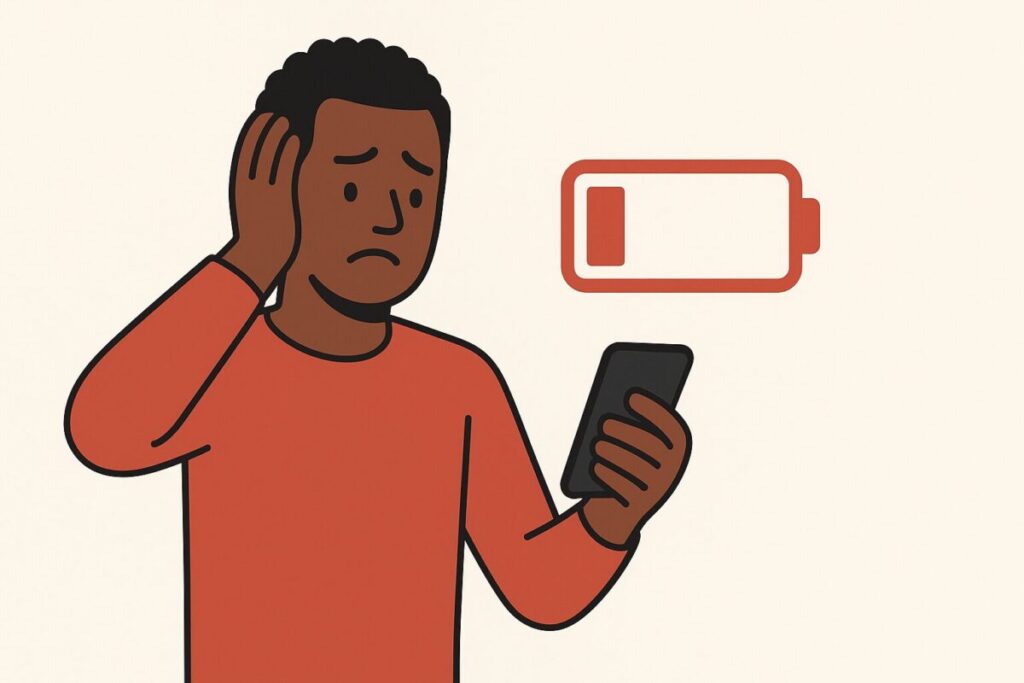

Why it happens
Assuming hotel Wi-Fi is enough or skipping pocket Wi-Fi/SIM rental leads to connectivity issues that complicate navigation and communication.
How to avoid it
Renting a pocket Wi-Fi or getting a local SIM/eSIM with data means you’ll always have access to maps, train schedules, or translation apps.
Don’t forget a portable charger—days in Japan can be long, and your phone will thank you.
Representative Comments
“International eSIMs killed my phone battery 4x faster.”
“Didn’t bring a portable charger. Phone died, couldn’t find my hotel.”
“Relying on hotel Wi-Fi left me disconnected when out.”



Public Wi-Fi is unreliable here. Pocket Wi-Fi or a SIM makes it so much easier to navigate and look up train routes on the go.
10. Food Planning Mistakes (61 mentions)
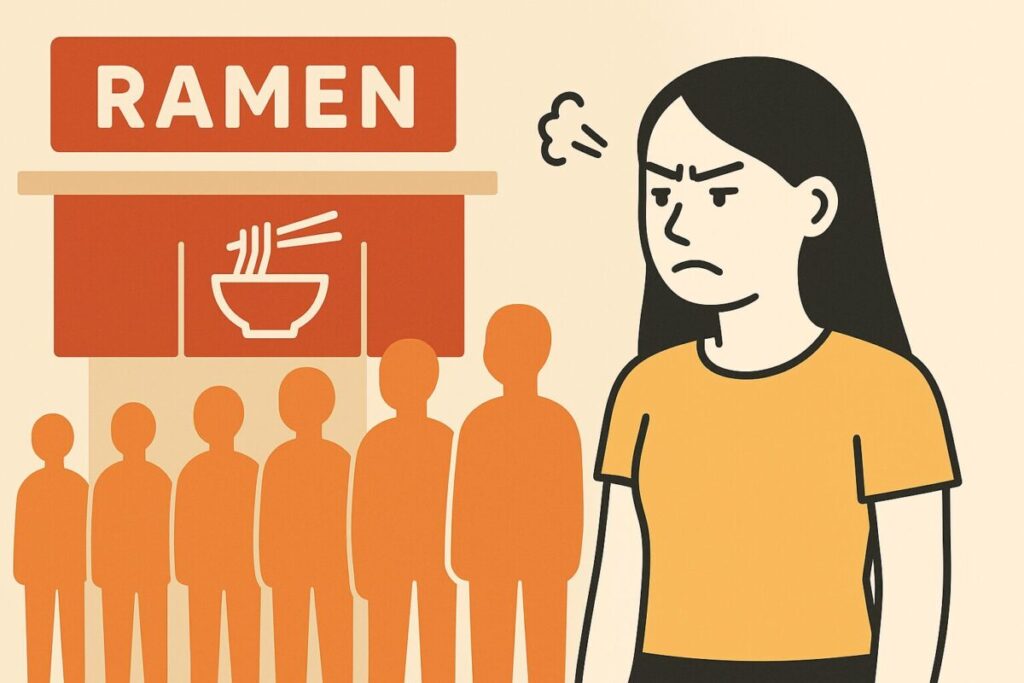

Why it happens
Chasing social media food recommendations leads to disappointment with long waits at overrated spots.
Travelers also find many restaurants close early or between lunch and dinner.
How to avoid it
Instead of only going for famous spots, try small local restaurants or chains—they often serve amazing food without the long lines.
Also, double-check restaurant hours, as many places take breaks between lunch and dinner or close earlier than you might expect.
Representative Comments:
“Lining up for Ichiran Ramen for 2 hours… not worth it.”
“Regret not trying chains like Yoshinoya earlier.”
“Didn’t know many places close early for dinner.”



Some of the best meals are at local spots with no lines. Don’t be afraid to pop into small restaurants—they often have English menus or pictures.
Bonus: Unique but Memorable Mistakes
Even the best-planned trips can lead to funny or unexpected moments.
Here are a few unique mistakes travelers shared that might make you smile—and help you avoid similar slip-ups in Japan.
Not Understanding Shrine or Temple Customs
Why it stood out
Beyond basic etiquette, some travelers shared moments of unintentionally humorous or awkward encounters at shrines and temples—like misusing purification fountains or paying respects incorrectly.
Representative Comment
“I accidentally washed my face at the chozuya (purification basin) thinking it was for washing up like a sink. A kind old man gently explained how to do it properly.”
Confusion About Public Baths & Onsen Rules
Why it stood out
A few travelers underestimated how unique Japanese bathing culture can be—and ended up embarrassed or confused in onsen or sento.
Representative Comment
“Went into an onsen with my swimsuit on because I was too shy to be naked… got politely but firmly told to remove it. I was mortified!”
Karaoke Mishaps
Why it stood out
Several shared hilarious stories of accidentally booking all-night karaoke (with drinks) or misunderstanding the price structure, resulting in unexpectedly large bills or 6-hour singing marathons.
Representative Comment
“We thought it was 2000 yen for the whole group for 3 hours… turns out it was per person, per hour. Fun but the most expensive karaoke ever!”
Local Insight: From the Perspective of a Long-Time Japan Resident
Traveling Japan for the first time can be overwhelming, even if you’ve done a lot of research.
I’ve seen countless travelers make the same mistakes—and I’ve made plenty myself.
That’s why I’d like to share some personal insights that go beyond typical guidebooks, so you can make the most of your trip and truly enjoy what Japan has to offer.
Some places get unbelievably crowded, especially on weekends
For example, when I visited Hakone on a Saturday, the trains were packed like rush hour in Tokyo.
It was exhausting even before arriving at the hot springs.
If your schedule is flexible, try to visit popular destinations on weekdays to avoid starting your day feeling drained.
Tokyo is an incredible city, but plan your time carefully
Tokyo is a fascinating city with countless neighborhoods to explore, from the neon streets of Shinjuku to the retro alleys of Yanaka.
Without a plan, it’s easy to waste time moving around instead of truly enjoying each area—I’ve seen many travelers try to cover everything and end up feeling overwhelmed.
So, how much time should you spend in Tokyo?
It depends on your travel style: some people could spend a month here and always find something new, but if you have a 7-day Japan trip, I’d recommend 1–2 days in Tokyo to see the highlights, then using a Japan Rail Pass to visit cities like Kyoto, Osaka, or Hiroshima for a completely different experience of Japan.
Final Japan Travel Tips Summary
- Pack light & use luggage forwarding services.
- Plan one or two key activities per day.
- Carry cash, especially 1000 yen bills and coins.
- Book attractions and restaurants in advance.
- Learn basic Japanese etiquette.
- Invest in a pocket Wi-Fi or local SIM.
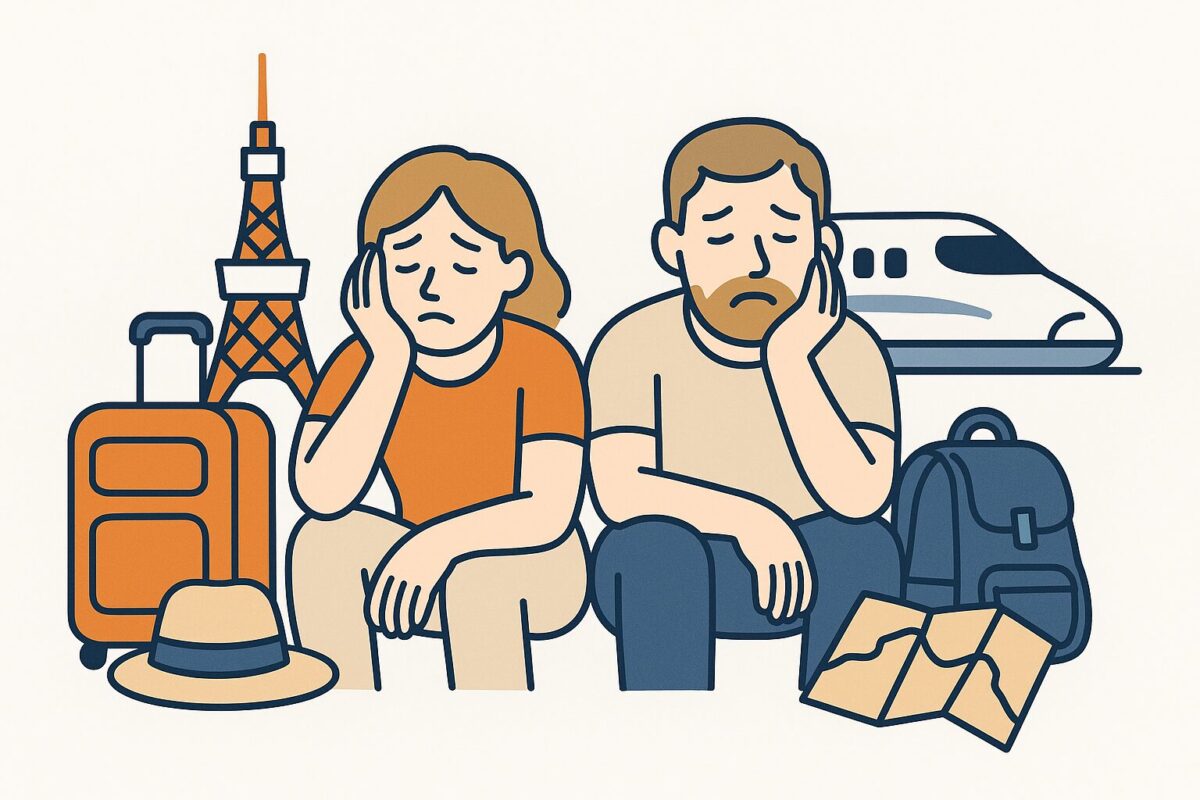

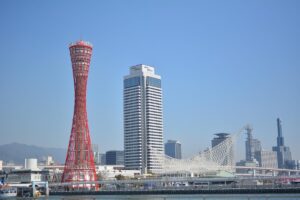
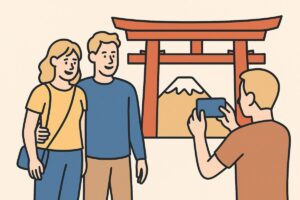
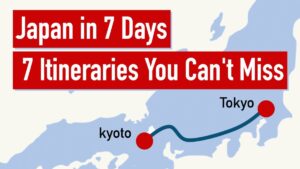




Comments